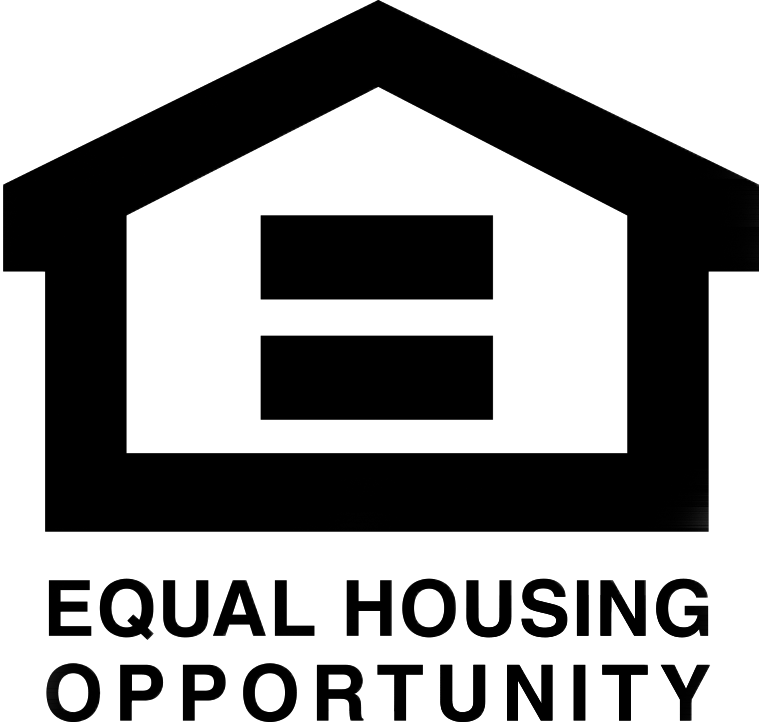FHA Construction Loans
If you’re looking to build the home of your dreams from the ground up – or are looking to make some major renovations to a home that you already own, or one that you’re planning to purchase – then an FHA construction loan might be just what you’re looking for.

Construction loans can be difficult to qualify for if you have issues with low credit or have limited means when it comes to the ability to lay out a significant down payment; if that is the case, a construction loan backed by the Federal Housing Administration (FHA) – known as a FHA construction loan – is a realistic avenue for you to pursue, as they have lower credit and down payment requirements than private construction loans.
FHA construction loans only require you to pay closing costs prior to construction, with the mortgage automatically converting to a permanent loan after construction is completed.
While that may sound ideal for someone with financial issues, FHA construction loans do come with some drawbacks as well; borrowers can only use contractors who are FHA-authorized, and the closing process itself can be long and difficult. However, if you can only afford a lower down payment and you’re looking to get a good interest rate, an FHA loan may be a great help to you.
Regular FHA home loans enable low-to-middle income individuals and families to be able to qualify for a home loan despite low credit scores and the inability to put down a significant down payment; a FHA construction loan works the same way, except for the fact that slightly better credit scores are required and closing costs are a bit higher when compared to a standard FHA home loan.
There are two main types of FHA construction loans:
- A construction-to-permanent loan which is for homebuyers who want to build a new home.
- A 203(k) rehabilitation mortgage which is for homebuyers who want to buy a home but need financing to make repairs or renovations.
Construction-to-permanent loan
A construction-to-permanent loan is essentially a combination of a short-term construction loan and a long-term mortgage. There is only one application, one closing process, and one loan, which means that once your construction is finished, a second mortgage is not needed.
With this type of FHA loan, the funds go into escrow after you close on the loan but prior to the start of construction; the amount of the loan that is intended for construction inspections and builder validation fees are distributed as needed while the home is being built.
One requirement of a construction-to-permanent loan is that the land where the home is being built needs to have been purchased at closing, or the borrower needs to have owned the land for six months or less when they first apply for the loan.
While the home is being built, the borrower is only required to make monthly payments consisting of interest only; approximately 60 days after the construction is completed and the home is ready to be lived in, only then is the borrower required to start making their full mortgage payments.
While construction-to-permanent have many benefits, they do have higher closing costs, and the process of qualifying, applying, processing, and underwriting can take longer than a standard mortgage. Also, since the contractor you use must be FHA-authorized, they will have to go through a thorough vetting process that can normally take from 2 to 12 weeks. And finally, the borrower needs to close before construction can commence.
203(k) rehabilitation mortgage
A 203(k) rehabilitation mortgage, also called a rehab loan, allows a borrower to finance and make repairs or renovations to a home. This type of loan allows people to finance fixer-uppers that some lenders may not otherwise approve a mortgage for.
Rehab loans have a great deal of the same benefits as construction-to-permanent loans, such as low down payments, low credit requirements, and higher debt-to-income ratios; in addition, underwriting and closing costs are all completed before construction is begun.
There are two types of 203(k) mortgages: a standard 203(k) loan and a streamlined 203(k) loan.
Standard 203(k)
Standard 203(k) loans are for large-scale structural repairs and renovations exceeding $35,000; at least $5,000 of a standard 203(k) loan must go toward repairs. In addition, your plans for rehabilitating or renovating the home must be written up by a FHA-designated consultant and approved by the FHA. After the construction is complete and the final inspection has taken place, only then do the regular mortgage payments kick in.
Standard 203(k) loans allow for the following types of repairs:
- New construction such as additions
- Structural repairs
- Landscaping
- Repairs exceeding three months
- Repairs that require detailed architectural mapping and schematics
- Renovations that don’t start within 30 days of the loan closing, or which require the buyer to be displaced from the home for more than 30 days
Streamlined 203(k)
Streamlined 203(k) loans are for smaller repairs – less than $35,000 but more than $1,000 – and require much less paperwork or FHA oversight as a standard 203(k) loan does. Streamlined 203(k) are intended more for cosmetic repairs that don’t involve any structural change or additions to the home, such as:
- Replacing built-in appliances like a water-heater or HVAC system
- Replacing flooring, windows, and doors
- Paint jobs
- Minor roof repairs
- Weatherization
- Accessibility improvements for the handicapped or elderly
Qualifying for FHA construction loans
FHA construction loans are slightly more difficult to qualify for than regular mortgages, as the FHA is insuring the entire loan and everything that is done with it, which means that they have their own building codes and guidelines that borrowers are expected to adhere to. Also, there is more scrutiny during the qualification process then if the borrower was taking out a loan to purchase a home that was already completely built.
And finally, there are a few other kinds of FHA loans that fund home construction and improvements:
- Building-on-own-land program: This is used to finance the construction of a home on land that’s been owned by the borrower for more than six months.
- Energy-efficient mortgage program: This loan can cover projects that make homes more energy-efficient and can be added to a regular FHA loan.
- Weatherization: This loan allows borrowers to finance the cost of eligible energy-related weatherization improvements and can be added to a regular FHA loan.
- Solar and wind technologies: Allows borrowers to increase their mortgage amount to fund solar or wind energy renovations to the home.

